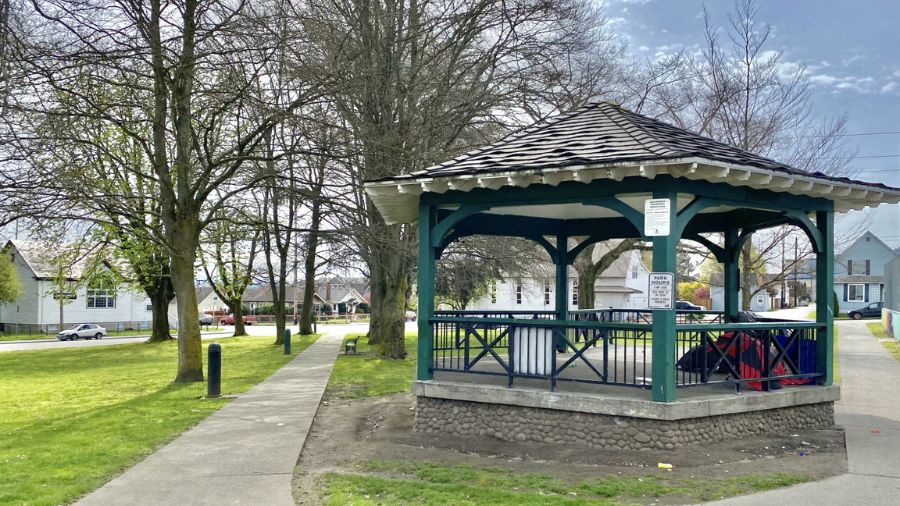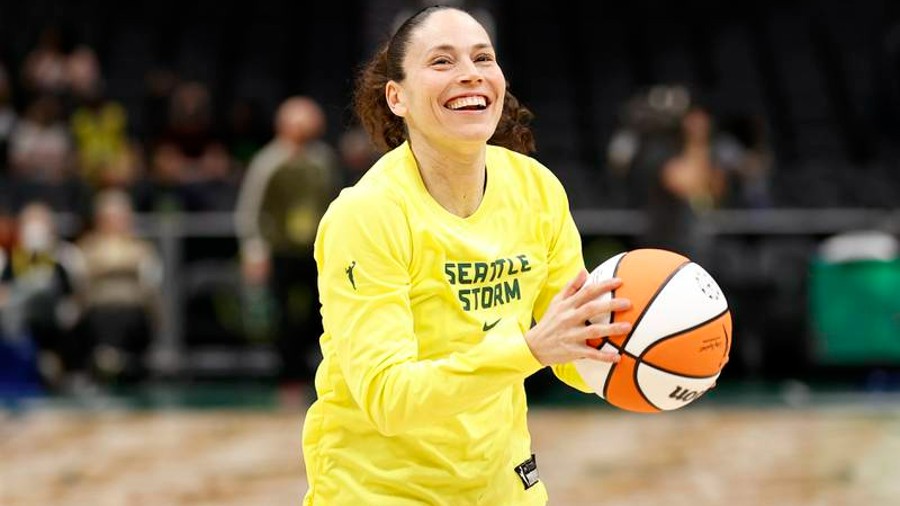Young US adults among those with lowest COVID vaccination coverage
Jul 7, 2021, 5:03 AM

A student receives a COVID-19 vaccine at a vaccination clinic on the University of Washington campus on May 18, 2021 in Seattle, Washington. (Photo by David Ryder/Getty Images)
(Photo by David Ryder/Getty Images)
People aged 18-24 are among the groups with the lowest COVID-19 vaccination coverage reported among American adults, according to data from the Centers for Disease Control and Prevention.
Reopening doesn’t spell herd immunity for Washington, warn scientists
In the United States, 67% of adults have at least one shot. President Joe Biden had previously set a goal for that number to be 70% by July 4, but the country fell just short of the mark.
Hesitancy among young adults now seems to be a primary reason why the country didn’t reach 70%. But, that said, this demographic can still be swayed, says Dr. Joshua Liao, associate professor of medicine at the University of Washington School of Medicine.
He finds that younger people are more likely to get the shot if someone they trust recommends it.
“I think nudging people towards what we think are good health decisions is really important,” Liao said. “A very simple first step is to simply share your experience.”
Many young people have also reported avoiding the shots because they are confused by conflicting reports about their effectiveness and side effects.
“What I tell young people is if you can’t keep up with the information, it’s not your fault. There’s a lot out there. But we need to make a distinction between what is overtly disinformation and the things that as we learn more, they evolve,” Liao said.
With COVID cases now ‘relatively stable,’ King County refocuses its response efforts
While there was a push to get older populations vaccinated first because they were more vulnerable to severe illness than the young, Liao says the virus does impact people of all ages.
“Young people do get COVID,” Liao said. “Now that older people have begun to be vaccinated, we see a shift toward young people getting it. Some of those are severe.”
The KIRO Radio Newsdesk contributed to this report.













